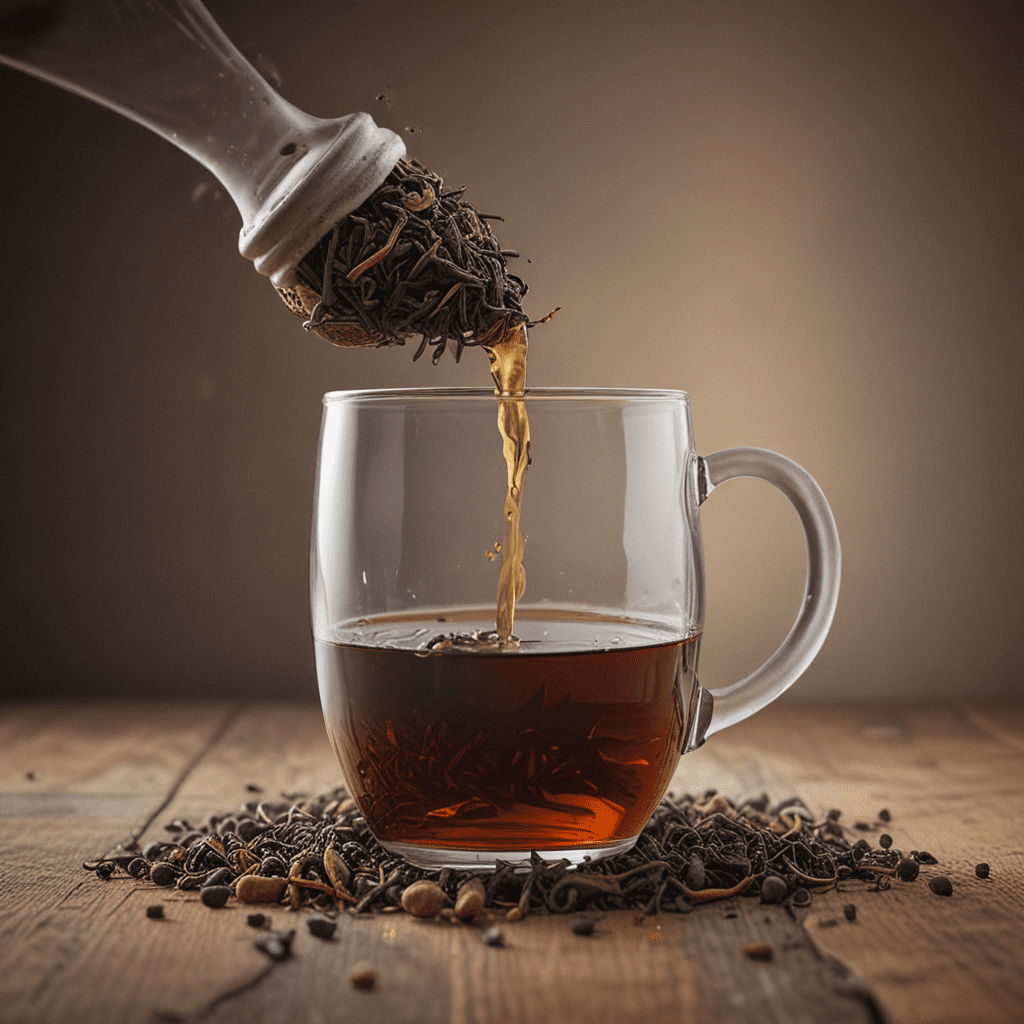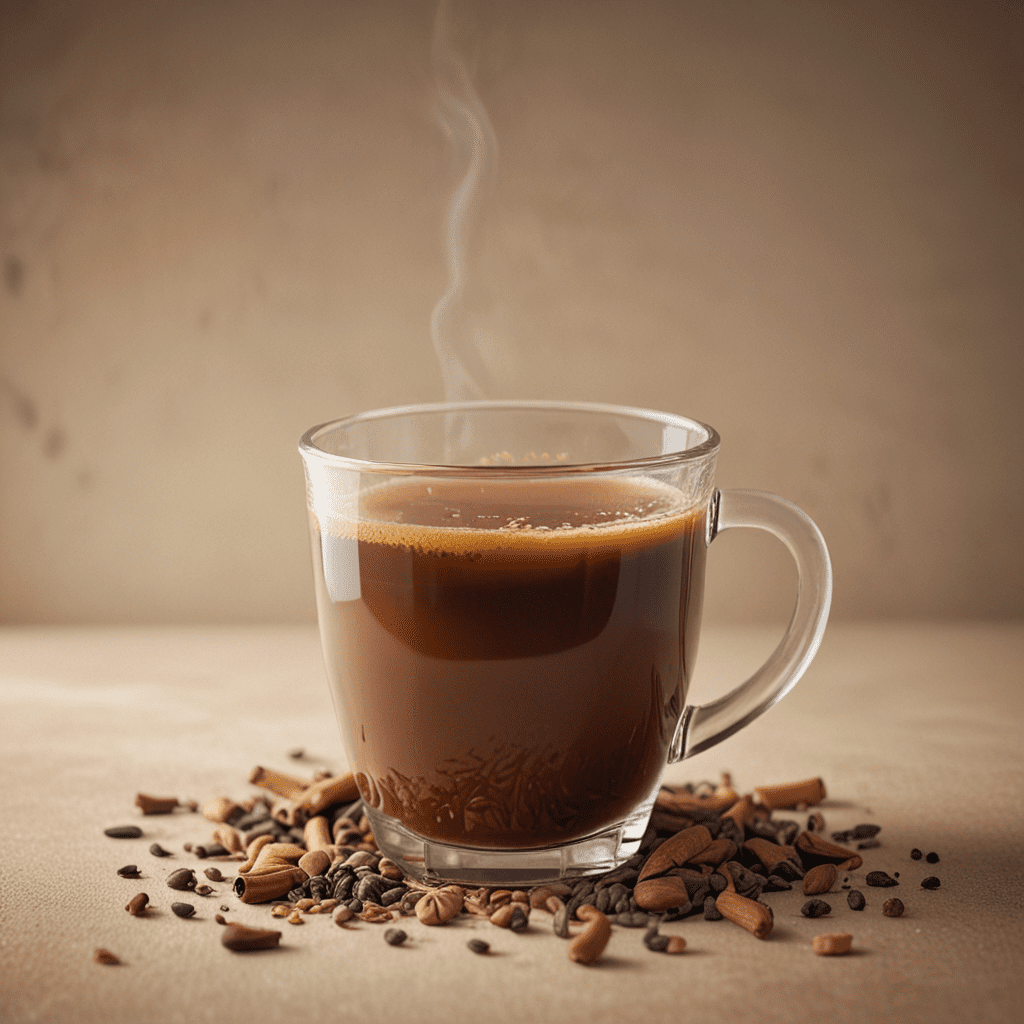Overview of Assam Tea Grades
Assam tea, a globally renowned variety, is celebrated for its robust and malty flavors. The grading system for Assam tea is based on the appearance, size, and quality of the tea leaves. Understanding the grades enables tea enthusiasts to choose the perfect Assam tea for their desired taste and brewing method.
Top Grade: Golden Tips
Golden Tips represent the highest grade of Assam tea. These exquisite leaves are the young, tender tips of the tea plant, carefully handpicked during the first harvest. Golden Tips are characterized by their golden hue and delicate, nuanced flavor profile, featuring notes of honey and citrus.
Premium Grade: Orange Pekoe
Orange Pekoe (OP) is a premium grade of Assam tea. It consists of whole, unbroken leaves that have been lightly oxidized, giving them a slightly darker color than Golden Tips. Orange Pekoe offers a full-bodied, malty flavor with hints of spice and a satisfying briskness, making it a popular choice for breakfast blends.
6. Factors Influencing Grade Classification
Several factors influence the grade classification of Assam tea, including:
Leaf Size: Larger, unbroken leaves are generally considered higher grade.
Oxidation Level: The extent to which the leaves have oxidized during processing affects their color and flavor, with lightly oxidized leaves being higher grade.
Appearance: The uniformity and absence of blemishes or imperfections contribute to a higher grade.
Harvest Season: The first harvest typically yields higher quality leaves.
7. Grading Process and Standards
Assam tea grading follows rigorous standards set by the Tea Board of India. Expert tea tasters evaluate the tea samples based on their appearance, aroma, taste, and liquor (brewed tea). They assign grades based on a standardized scale.
8. Significance of Grade for Flavor and Aroma
The grade of Assam tea has a significant impact on its flavor and aroma profile. Higher grade teas tend to have a more nuanced and complex flavor with pronounced notes of malt, honey, and spice. Lower grade teas may have a more astringent and earthy flavor.
9. Impact of Grade on Brewing Methods
The grade of Assam tea also influences the appropriate brewing method. Higher grade teas are typically steeped for a shorter duration to preserve their delicate flavors, while lower grade teas can withstand longer steeping times.
10. Selecting the Right Grade for Your Taste
Choosing the right grade of Assam tea depends on your personal taste preferences. If you enjoy a subtle and refined flavor, opt for higher grades like Golden Tips or Orange Pekoe. For a bolder and more robust experience, consider medium or lower grade teas.
Frequently Asked Questions (FAQs)
Q: What is the difference between Assam CTC and Orthodox tea?
A: CTC (Cut, Tear, Curl) tea undergoes a mechanical processing method, resulting in smaller, granular leaves. Orthodox tea, on the other hand, is processed traditionally, preserving the whole leaves.
Q: How does the elevation of tea plantations affect the tea's quality?
A: Higher altitude plantations typically produce higher quality teas due to slower growth rates and more favorable climatic conditions.
Q: Can I use Assam tea for iced tea?
A: Yes, Assam tea's bold flavor makes it well-suited for iced tea. Consider using a higher grade tea for a more refreshing and flavorful iced tea experience.


